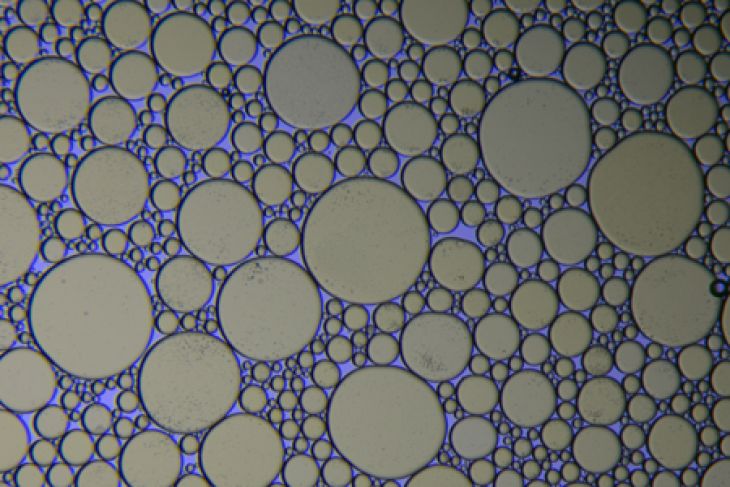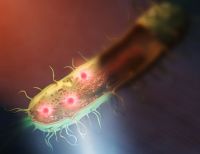
The ways in which particles, such as sand or liquid droplets, behave during various mechanical processes is well studied. Typically, in situations where space is constrained, jams can occur, and understanding this can be useful in various industries. However, only instances where the particles in question are similar or have a limited range of sizes have been successfully modeled. For the first time, a model has been made that describes bodies of particles with highly diverse sizes, and in different jamming scenarios.
If you’ve ever put a bunch of balls in a box, you probably noticed the amount of wasted space between them all, especially if they’re all the same size. But the more varied the sizes of the balls, the more of that wasted space can be filled, due to the presence of smaller ones that can fill the gaps between larger ones. There is an intuitive obviousness to this situation, but as is often the case with such things, it’s surprisingly difficult to model the way this actually happens. And the less regular the packing objects, or particles, become, the harder it is to know how they will behave in a given physical scenario.
For the first time, researchers from the Komaba Institute for Science at the University of Tokyo have identified a structure that commonly appears when particles with extreme size variation are randomly packed together, regardless of their size distribution. This kind of model can be extremely useful to people whose work involves the movement, separation or mixing of particulate matter. For example, the construction industry works with stones, sand, cement; the medical industry uses biomolecules, powders, oil droplets; food manufacturers pack grains, seeds, fruits; and so on, the list is extensive.
“When I thought about what might be happening inside a packed collection of mixed particles, it made me want to explore this experimentally. One of the challenges to doing this, though, lies in how to make an idealized sample of packing particles,” said Associate Professor Miho Yanagisawa. “In our experiment, droplets of oil in water were repeatedly fractured to break them up in an ordered way. This yielded particle sizes which followed a mathematical pattern called a power distribution. Essentially a very broad range of sizes, this was important so that no one size range would be overrepresented in our results. The droplets were gently compressed between two glass plates; this constrained them to a two-dimensional surface and prevented them from overlapping vertically, which was critical for our imaging analysis.”

When identical particles are constrained in two dimensions, they will form a hexagonal lattice. But if size varies, or are said to be polydisperse, this structural symmetry is broken. However, Yanagisawa and fellow researcher Daisuke Shimamoto found that there actually is a common structure of randomly packed particles with extreme size variation; it’s just not obvious by looking at it. This model is statistical rather than geometric and describes the distribution of particles of different sizes as they jam together. An extremely useful implication of this is that the right conditions of particle size variation that allow for denser packing can be modeled, which could mean less wasted space in applications where spatial efficiency is important.
“Although diversity and universality seem to be contradictory concepts, this study shows diversity can produce universality,” said Yanagisawa. “In fact, diverse size distributions are common in nature. Therefore, even phenomena that appear to be very diverse at first look may have a hidden universality, or universality can be revealed by considering the particle distribution of the system as a whole.”














